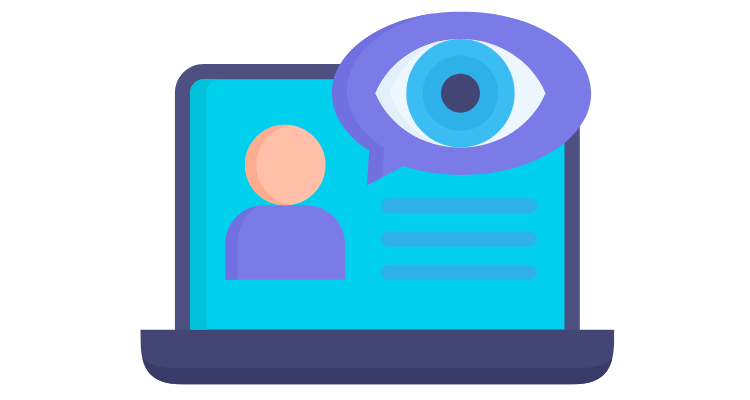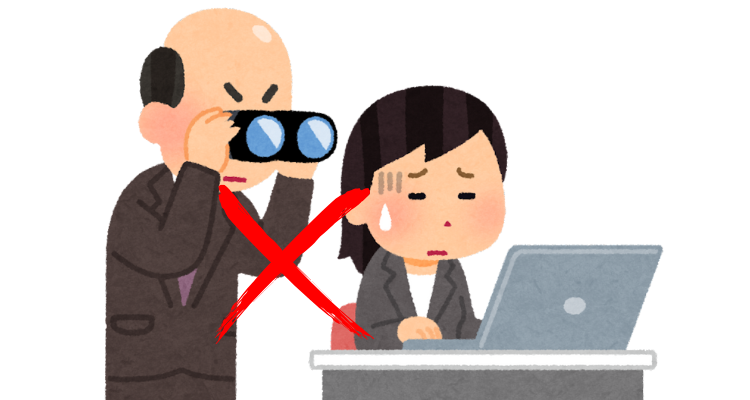Introducing employee monitoring software might feel like a recipe for conflict — especially if your team sees it as an invasion of privacy. But when done right, it can become a valuable tool that builds trust, boosts productivity, and brings clarity to how work gets done.
The key is not just what tool you use — but how you introduce it. Here’s a guide to doing it right, without sending your team into revolt mode.
Table of Contents
Toggle1. Start With Your “Why”
Before introducing any tool, get very clear on your reason for doing so. Are you trying to manage a remote team more effectively? Do you want better visibility into how work hours are used? Or are you aiming to optimize project timelines and eliminate bottlenecks?
This clarity matters. If you don’t know your exact motivation, your team certainly won’t — and that uncertainty can lead to resistance. Be specific about your goals and make sure they’re practical and measurable.
For example, tracking task durations to improve workflow is much easier to justify than vague reasons like “seeing what everyone is doing.” That’s especially true when introducing employee monitoring software, which requires careful framing to gain team buy-in.
This is especially relevant for companies working with distributed teams or relying on trusted Latin American virtual assistant services, where transparency and alignment are key to smooth collaboration.
2. Choose a Respectful, Transparent Tool

Not all employee monitoring tools are built the same. Some go too far, offering invasive features like keystroke logging or webcam access — which can immediately damage morale. Others focus on productivity trends, app usage, or time spent on tasks, which are more aligned with supportive and ethical monitoring.
Choose a platform that allows employees to view their own data, includes privacy controls, and doesn’t overstep. Tools like Monitask, Time Doctor, and Hubstaff are designed for balanced tracking and transparency. Avoid overly aggressive systems unless you’re in a high-security industry where it’s absolutely necessary.
3. Communicate Clearly and Early
One of the worst mistakes you can make is springing monitoring software on your team without warning. Before rolling anything out, hold an open conversation. Explain why the company is introducing the tool, what it will track (and what it won’t), how it aligns with the company’s goals, and how it will affect each person’s day-to-day.

This is your opportunity to build trust through honesty. Make it clear that monitoring is not about spying, but about helping everyone work smarter, not harder. If your intentions are good, be upfront about them — and encourage employees to ask questions or express concerns.
4. Invite Participation, Not Just Compliance
Instead of enforcing monitoring from the top down, involve your team in the process. Ask for their feedback, give them a preview of the software, or launch a short pilot program with a few team members.
When people feel like they’ve had a voice in the process, they’re more likely to accept the final decision. This participatory approach also helps identify real concerns you may not have thought about — like how freelancers or part-timers will be affected, or how certain job roles might require more flexibility.
5. Set Boundaries and Define Expectations
Once you’ve chosen the tool and involved your team, it’s time to establish clear boundaries. Write a concise policy that defines when monitoring will happen (e.g., only during work hours), what data will be tracked, and how that data will be used.
Make it clear that this isn’t a free-for-all. You’re not tracking bathroom breaks or penalizing short periods of inactivity. You’re focused on meaningful patterns that help improve team operations and project outcomes. A clear policy sets the tone and ensures everyone understands where the line is drawn.
6. Make Monitoring a Tool for Growth — Not Control

Use the data to support and empower your team. Highlight how the software can help individuals understand their own productivity patterns or identify distractions that are eating into their focus. Praise improvement. Use insights in coaching conversations or project planning — not just performance reviews.
If your team sees the tool as something that helps them succeed, they’re far more likely to support its presence.
7. Model the Behavior You Want to See
Leaders and managers should also use the software. Nothing undermines a rollout more than leadership exempting themselves from the same level of accountability. By embracing the tool, sharing your own reports or productivity insights, and keeping the tone positive, you’ll set the cultural tone for everyone else.
8. Reassess and Adjust as Needed
Once the software has been in use for a month or two, ask for feedback again. What’s working? What feels too intrusive? Are the original goals being met? Is productivity actually improving?
If something’s off, be willing to scale back, turn off certain features, or adjust your approach. Monitoring should evolve as your business grows — not stay rigid or punitive.
Frequently Asked Questions (FAQ)
Is employee monitoring software legal?
Yes, in most regions, but you must inform employees in advance. In the EU and some U.S. states like California, privacy laws such as GDPR or CCPA may require explicit consent and clear data usage policies.
Will it harm team morale?
Only if implemented poorly. If your team feels blindsided or micromanaged, morale will suffer. But if you introduce it with transparency and emphasize the benefits — such as improved workflows and visibility — it can actually improve team cohesion.
What if employees use personal devices?
It’s best not to monitor personal devices unless you have a clear BYOD (Bring Your Own Device) policy in place with signed consent. Ideally, monitoring should be limited to company-issued hardware during working hours.
Is this just for remote teams?
No. While it’s especially useful for remote or hybrid teams, even in-office teams can benefit from data that shows time usage, software distractions, or overburdened schedules.
How do I know if it’s working?
Track changes in project timelines, employee feedback, and even time spent on specific tasks. If you’re not seeing improvement or if morale dips, re-evaluate how the tool is being used.
Final Thought
Monitoring software doesn’t have to be a threat. When introduced with care, it becomes a tool for growth, insight, and better collaboration. The foundation is trust — if you build that first, the software will only strengthen it.
Want help creating a rollout plan or customizing your communication message for your team? I’m here to help.









